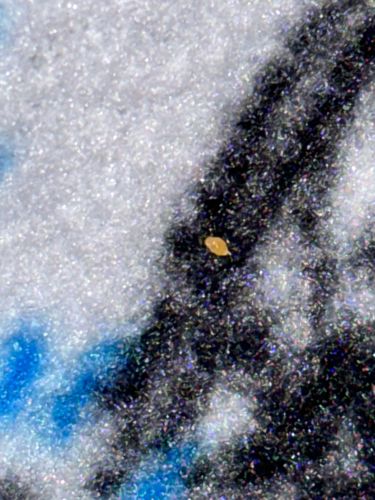Booklouse
Scientific Name: Liposcelis spp. (a common genus)
Order & Family: Psocodea, Liposcelididae
Size: Typically very small, ranging from 1 to 2 mm in length.

Natural Habitat
Booklice thrive in warm, humid environments, especially indoors. They are commonly found in stored food products, books, paper, wallpaper, and other starchy materials, often in areas with poor ventilation or high moisture.
Diet & Feeding
They feed on microscopic molds, fungi, starches, glues in book bindings, wallpaper paste, and other organic matter. They do not bite humans or pets.
Behavior Patterns
Booklice are non-social insects that tend to avoid light. They are often first noticed by their small, fast movements across surfaces. Their reproduction can be rapid in favorable conditions (high humidity, ample food), leading to large populations. They undergo simple metamorphosis, with nymphs resembling smaller versions of adults.
Risks & Benefits
Booklice are generally harmless to humans, though large infestations can be a nuisance and may indicate excessive humidity in a building. They can cause minor damage to paper products, books, and food items by consuming molds and starches. They are not known to transmit diseases. There are no significant known benefits of booklice to ecosystems or humans.
Identified on: 9/5/2025